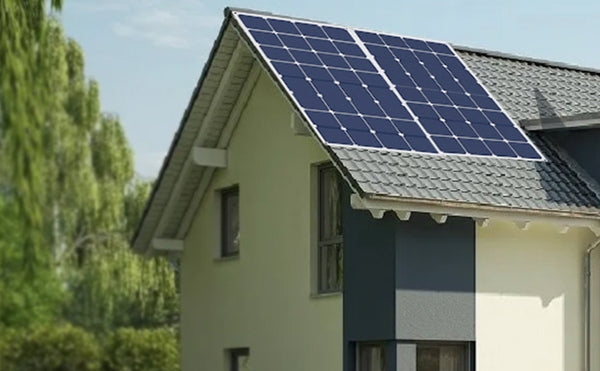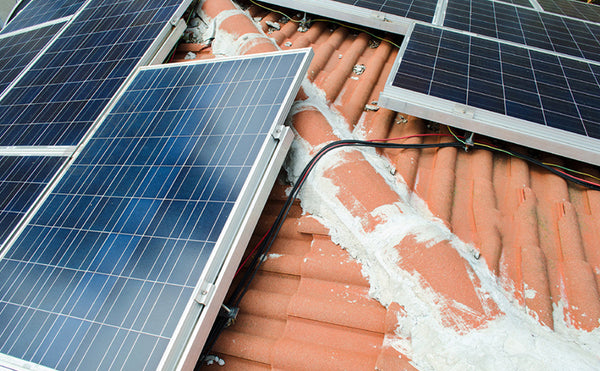
What is the Energy Output of Your Solar Panels
If you’re like many other homeowners, you may wonder just how much power your solar panels produce. This is a valid question. Installing solar takes time and energy and you want to reap the rewards and benefits of your hard work. You also want to be sure that you’re making the most out of your solar investment. Here we’ll give you the information you need to calculate how much power your solar panels output. We’ll also tell you about factors that can affect your solar panel power output.

How Much Energy Does a Solar Panel Produce?
When you purchase solar panels, you have several options. Selecting the right solar panels for your project depends on how much energy you want to generate. All solar panels come with a power rating called the Standard Test Condition (STC) rating. This number is listed on the back of the panel and tells you how much power that particular panel will generate under ideal conditions.
The ideal conditions of the testing environment include carefully controlled temperature and light. Exactly 1,000 watts per square meter of solar light is shined on the solar panel during testing. The STC rating’s unit of measurement is the watt or kilowatt. Wattage is calculated by multiplying the solar panel output voltage times the amperes (amps). The solar panel output depends on multiple factors, the main ones being the solar panel’s size, efficiency, and cell type.

What Can Impact the Efficiency of Your Solar Output?
While your solar panels come with an efficiency rating, there are multiple factors that impact the efficiency of your solar output. Finding ways to minimize efficiency loss enables you to generate more energy and reach your payback point faster. Here are some factors that can affect your solar output.
Shading
Shade blocks the sunlight your solar panels are meant to absorb and reduces your system’s energy production. Ideally, you’ll install your solar power panels in a location that receives full sunlight all year long.
If trees or other obstructions make it impossible to install your solar array in a full sun location, systems with power optimizers or micro-inverters have technology that limits the impact of shade on your system’s output.
Panel orientation
The direction your panels face also influences your solar system’s efficiency. Face your panels towards the Equator to maximize your solar panel output. If you’re located in America like we are, you’ll set your panels up facing South.
This can be challenging if you don’t have a South-facing roof. In that case, you may need to install a few more panels so that your East or West-facing roof achieves your desired output.The tilt of your panels also impacts panel efficiency. Set the tilt of your panels equal to your latitude.
Degradation rate
Each year solar panels lose approximately 0.5% to 1% of their rated output. This happens to all solar panels regardless of their type, but the exact percentage varies depending on the panel. The manufacturer’s warranty lists the panel degradation rate so you know how efficient the panel will remain at the end of its warranty period. When deciding between two panels with the same efficiency rating, opt for the one with the lower degradation rate so you’ll get more power over its lifetime.

Cleaning
Debris on solar panels causes them to be less efficient. Depending on where you live, dust, snow or other debris can build up on the panels. Simply wiping them down once or twice a year with a cloth or soft brush will keep them clean and allow them to operate most efficiently.
Calculating Solar Panel Output
Now that you know what each solar panel can potentially output and all of the factors that affect that number, you might be interested to know how much power your solar panels are generating on a daily and monthly basis. To calculate your solar panel output, use this simple formula:
Solar Panel Output = STC Rating (watts) x Peak Sun Hours in a Day x 75% (Daily watt hours)
Learn More
Now that you understand how to calculate your solar panel output and recognize factors that affect this output, you might want to continue your solar education. Keep following XINPUGUANG!
Facebook: Xinpuguang Solar Panel
Instagram: xinguang_solar
Pinterest: XinpuguangSolarPanels
Homepage: https://xinpuguangsolar.com
Email address: Philip@isolarparts.com
- Выбор элемента приводит к полному обновлению страницы.
